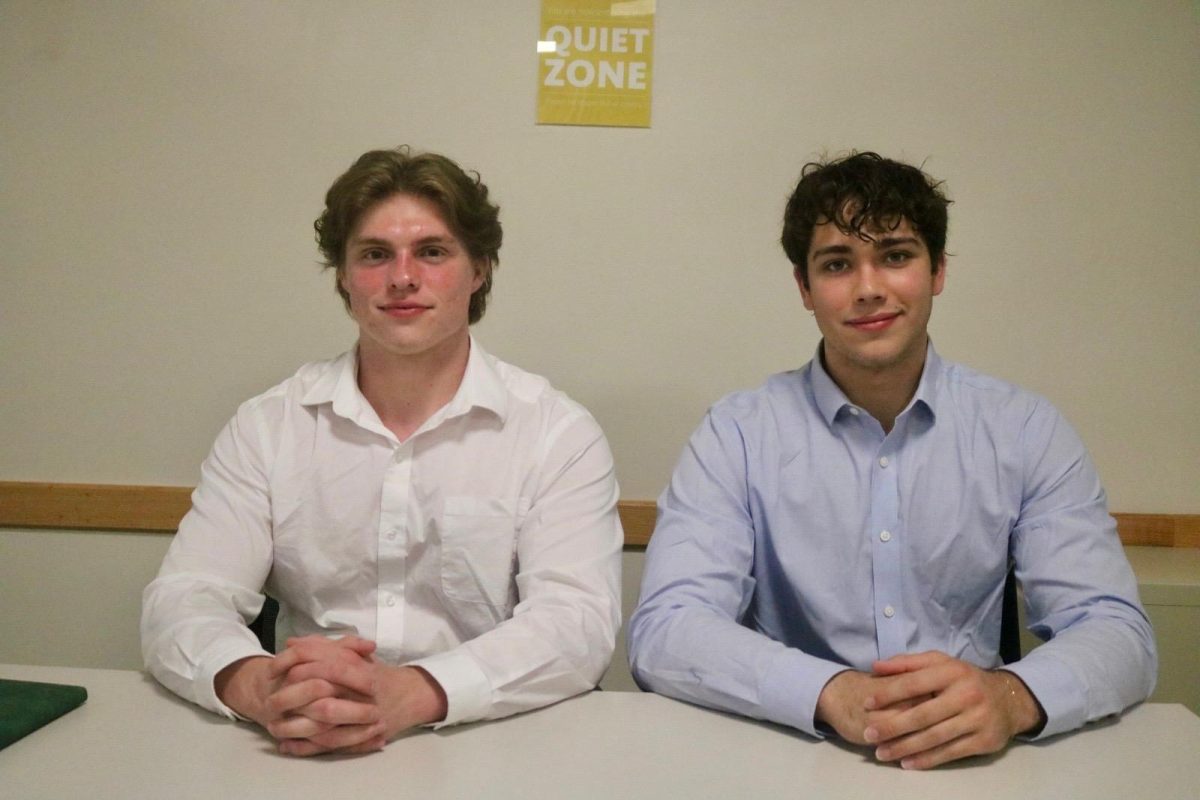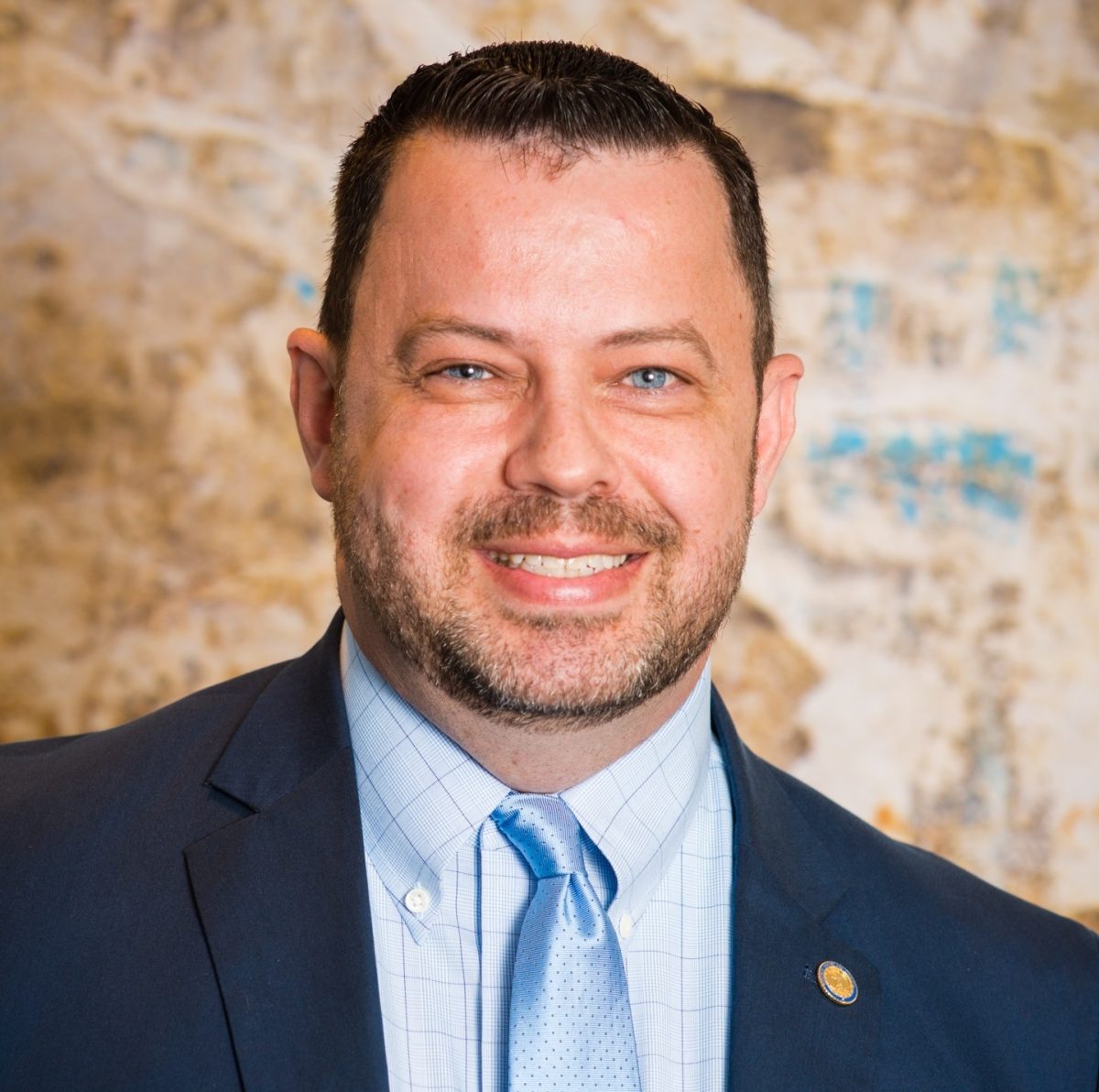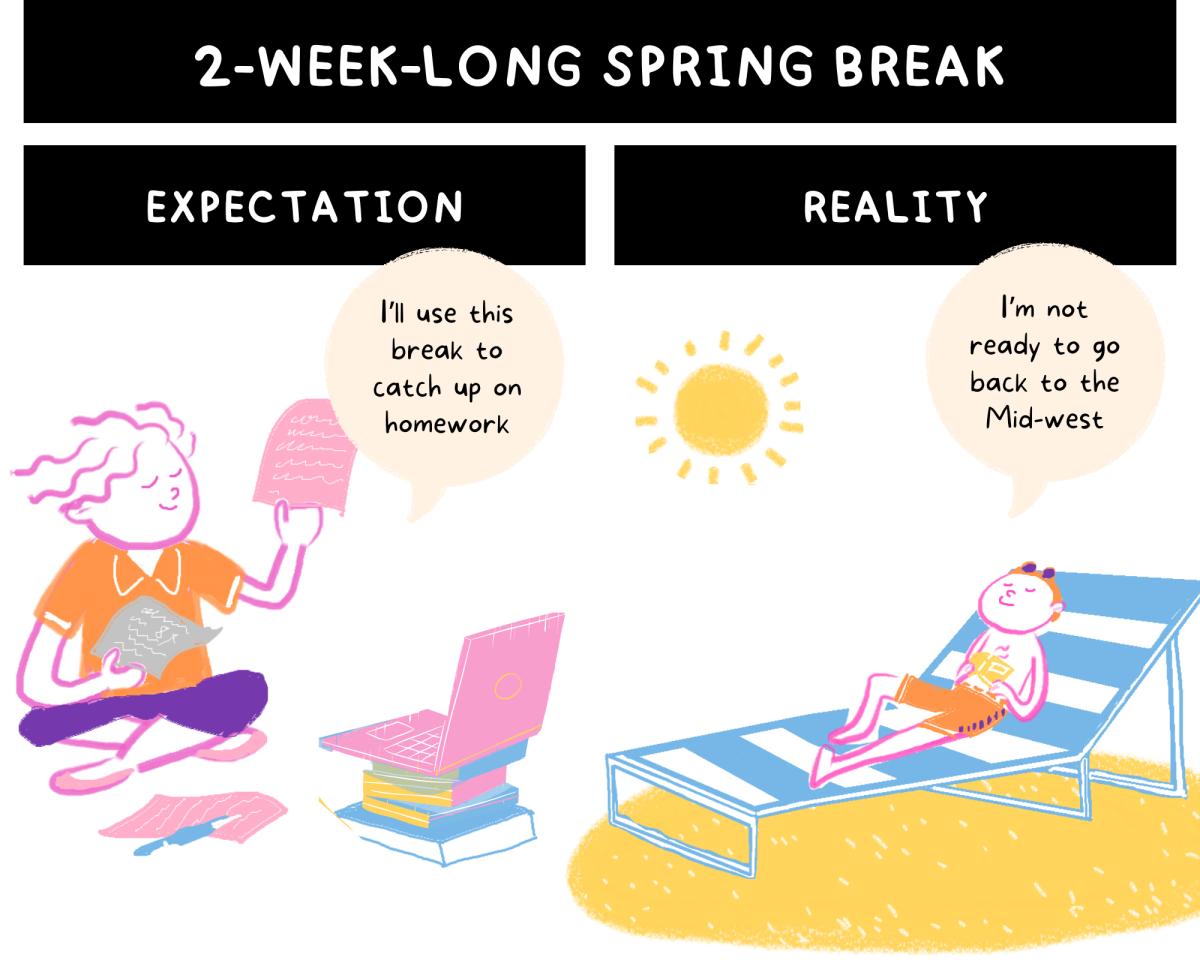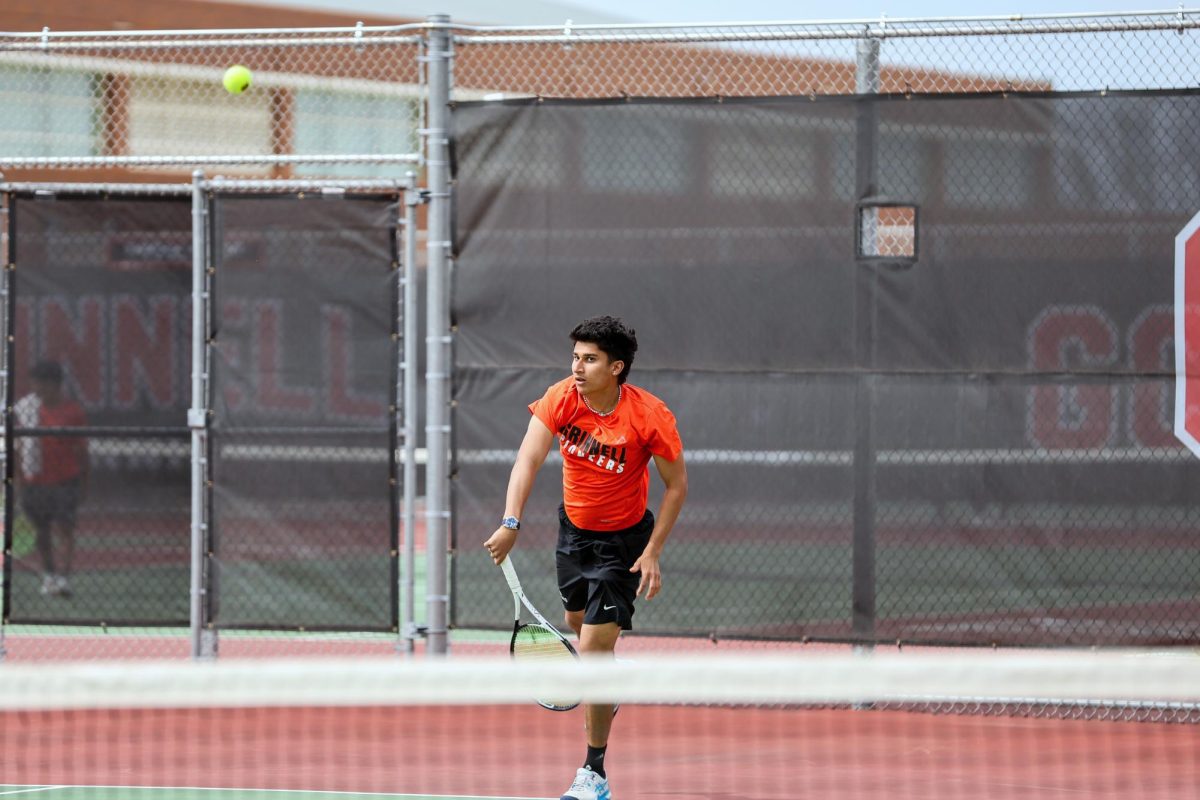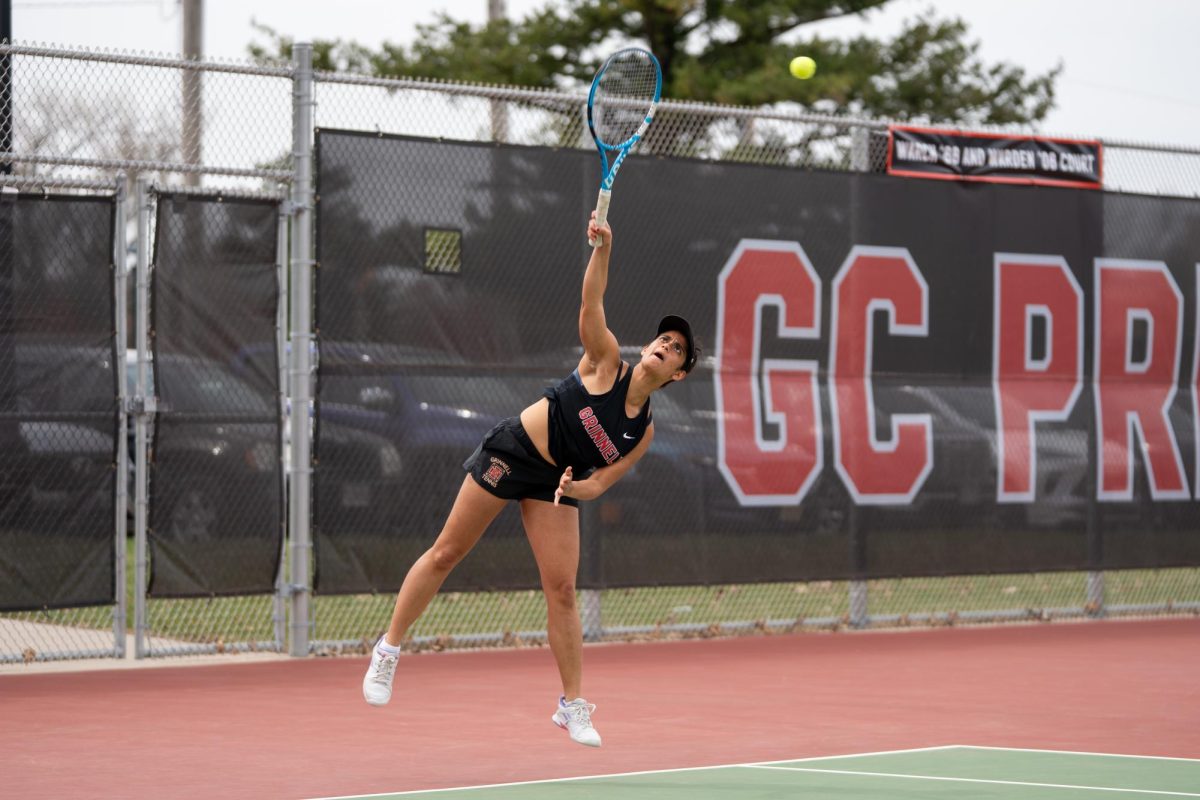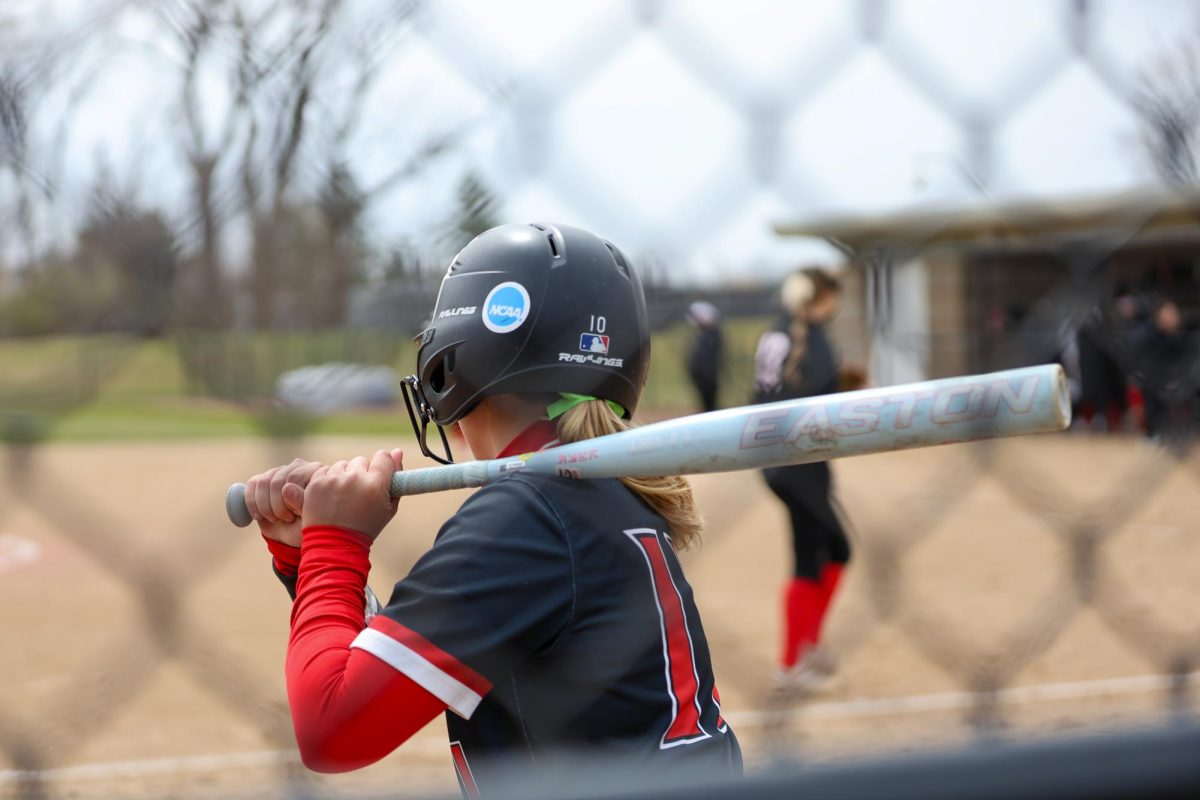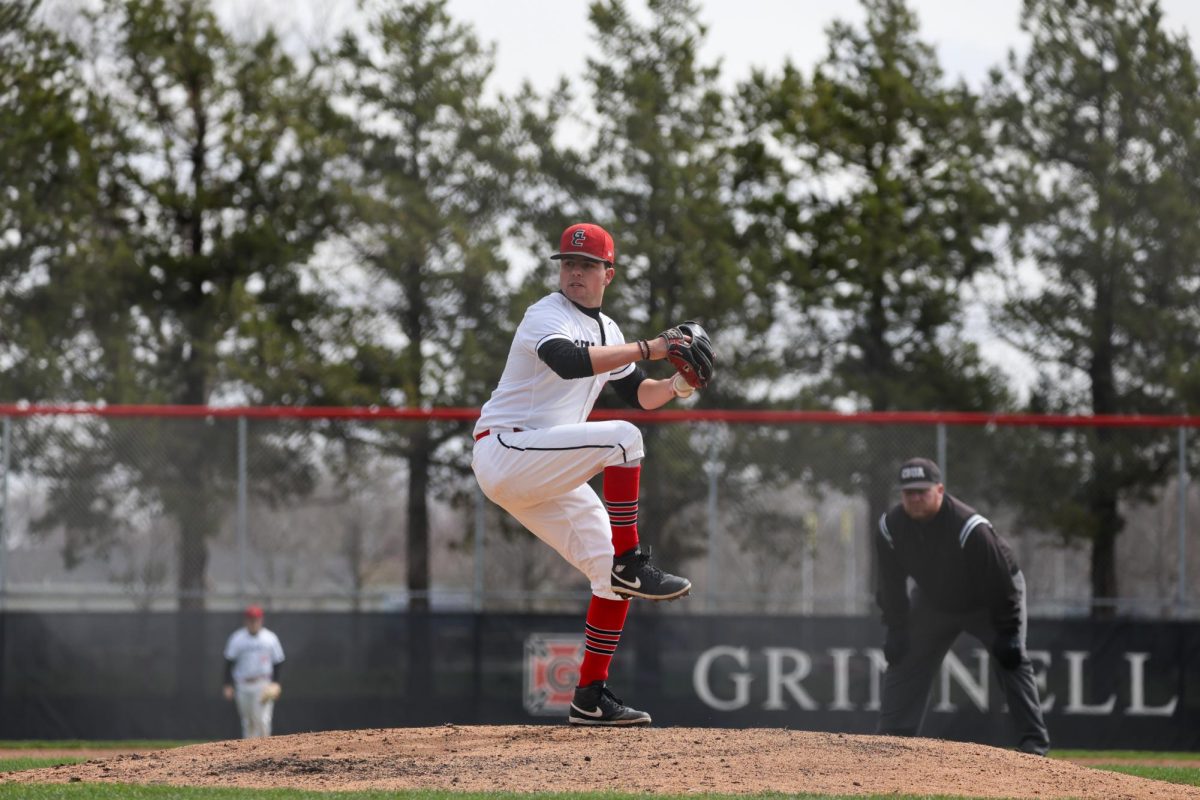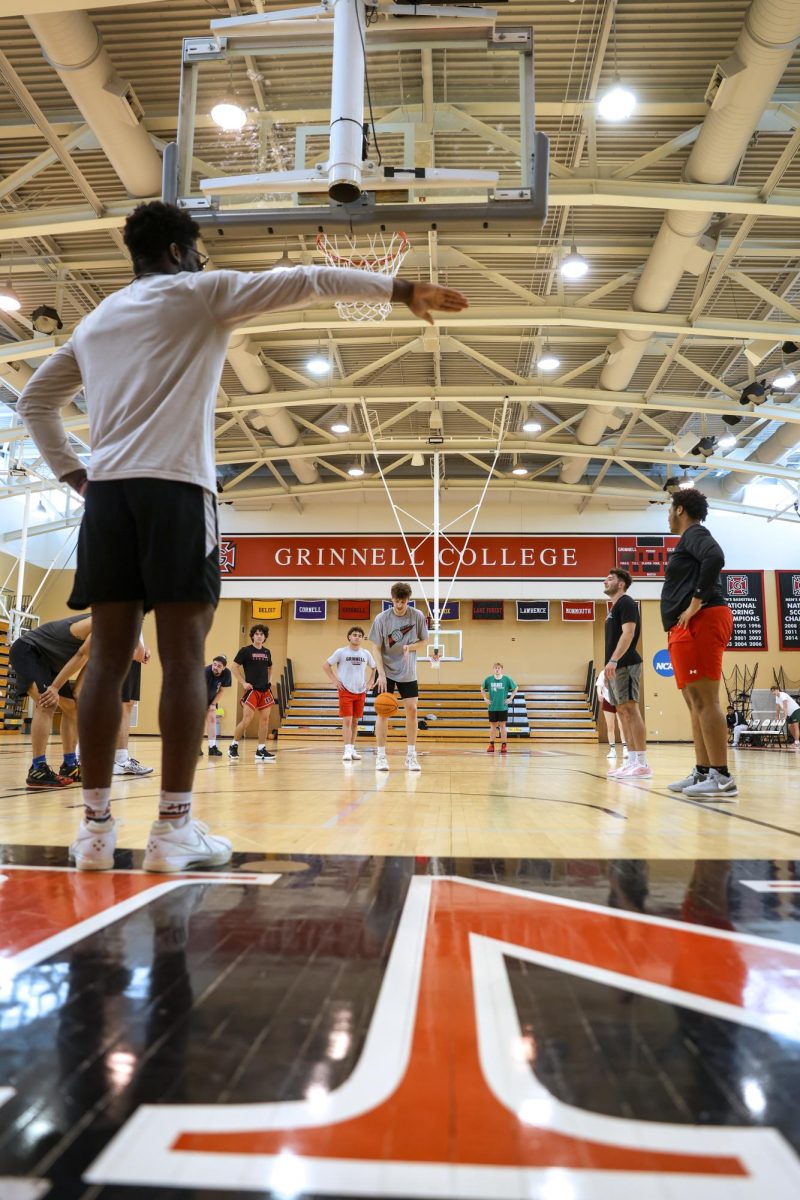A few years after a 4-month investigation by Carter Ottele `25, The S&B is revisiting the topic of social division between student athletes and non-athletes. For this investigation, The S&B conducted a survey answered by 77 overall respondents and interviewed 16 athletes about their views on the existence of a social division. Reactions about the divide differed between “definitely exists,” “it’s perceived” and “it’s overblown,” but every athlete said it exists to some extent. This consensus is supported by the results of the survey.
The aim of this investigation is not to argue whether athletes or non-athlete students are more culpable in perpetuating a division, nor to single out any specific culprit. Instead, it attempts to provide general patterns, explanations and possibilities of improvement to the social divide.
Situating the Division
In one of his investigations, Ottele pointed out two causes of the student athlete and non-athlete division from the perspective of athletes. The first cause was the shared commitment of time towards athletics, and the second was the fact that some athletes arrive on campus earlier and become part of a social group before other students.
“Even in [the] two weeks before NSO [New Student Orientation], we were already very close,” said Jack Ellwein `28, an athlete on the cross country team. “I feel like it was interesting to meet a lot of [new classmates outside of cross country], but also it was kind of … nice to have this community where if I felt a little bit out of my comfort zone with the other students, I could go back to my team and share a safe space.”
However, arriving earlier on campus may not be necessary for athletes to feel part of a group before others do, since they get to know their teammates upon their admission to the College.
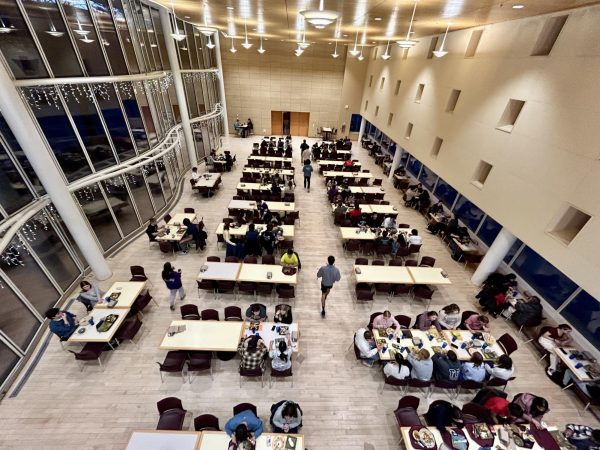
“It was definitely a relief for me to come to college already knowing that I will have friends,” said Kayla O’Malley `28, a softball player who did not arrive to campus early. “Sometimes I like to joke around and call them my forced friends.”
The origin of the division between athletes and non-athletes is likely a natural division based on where and with whom students choose to spend their time.
Reflecting on this, cross country athlete Ryan Boev `25 said, “So all that time at practice with my team, spending 10, 15, 20 hours a week with them means deeper connections –– it means that those people are your friends, people you have a special bond with.”
Student-athletes have also found that their schedules often mean they lose the opportunity to pursue other passions and meet more people outside of their team.
“I had extracurricular clubs that I would have loved to join over the years, but my practice schedule would not allow me to,” said Sara Booher `25, who plays basketball and throws as a track and field athlete.
Looking at Trends
During interviews, The S&B’s investigation found that members of some teams had more non-athlete friends than others. The S&B surveyed 67 non-athlete students to express the extent of how easy it is to engage with members of each team.
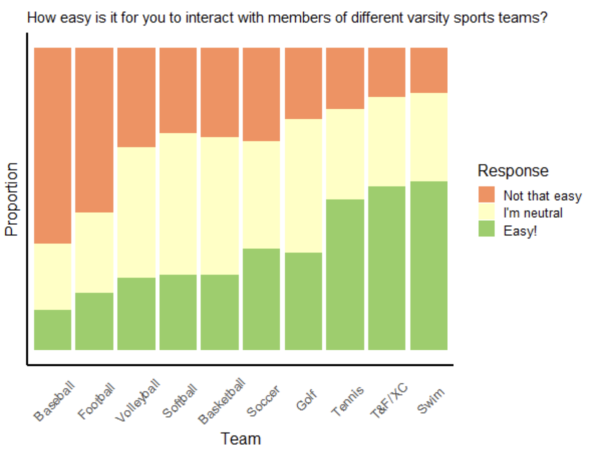
The S&B’s investigation revealed the pattern that sports with both men’s and women’s teams tend to be perceived as more approachable by non-athletes than teams with only a men’s or women’s team. These results further display that sports where the men’s and women’s teams spend time together during and outside of training are perceived as easiest to interact with.
The S&B interviewed several athletes from sports with both men’s and women’s teams to express their views on how gender diversity affects their sport’s dynamics.
“The women’s teams have their own traditions and so does the men’s, but at the end of the day, we all compete together and support each other and on the men’s side that sort of gets us out of our bubbles,” said Gavin Stiglitz `28, an athlete on the swimming and diving team.
Sam Cook `27, a swimmer on the women’s team, added, “The swim team has done a conscious effort to become a welcoming, diverse environment, and for me it has been really helpful to have people of all gender identities on the same team.”
Basketball player Kai Te Huki `27 said that while the women’s and men’s teams are separated when they travel together, they’ve overall improved their relationship with each other. “We always eat at lunch and dinner together … they’ve given me interesting perspectives that the other guys on my team would have never given me,” said Te Huki.
Booher said that she particularly enjoys her training sessions with the men’s basketball players during off-season. “I would say that having men, women and people of all gender identities interacting with each other is important and creates a good competitive environment, too,” she said.
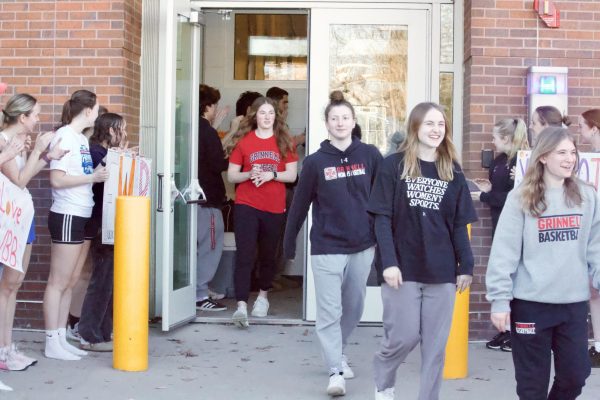
The track and field team shared the same sentiments as the swimming and diving team. “It doesn’t create this sort of ‘locker room mentality,’” said Lily Mayo `28, a high jumper. “Like oh, ‘It’s all guys together, we can say whatever, it’s all these girls together, we can say whatever.’”
Boev said, “I think that having exposure to different people with differing opinions to you –– which I think maybe differing gender identities often do –– is good for seeing beyond yourself.”
Peyton Williams `27, a football player, commented on a hypothetical creation of a women’s football team, saying, “I think that would be something beneficial for not just football players, not just women who are interested in football, but for everybody on campus. I think that would lift a lot of stigmas regarding sports.”
The S&B asked for comments about the findings of this survey from Grinnell’s department of psychology, but they declined to comment because the College does not currently have a faculty member doing research in social behavior in athletics.































